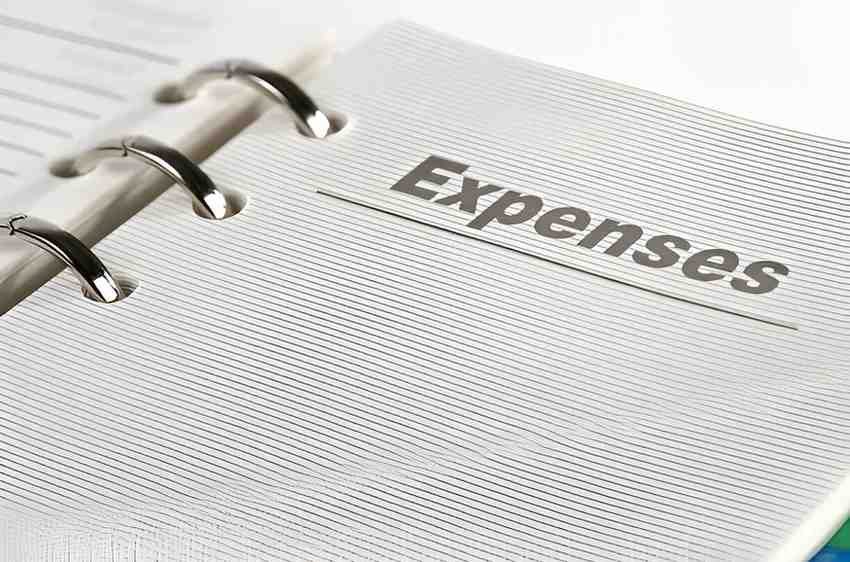In this article, we explore the concept of below-the-line expenses, providing a clear definition, examples of its application, and its significance in financial management.
Table of Contents
What are Below-The-Line Expenses?
H2: Definition and Overview
Below-the-line expenses refer to costs that are not directly related to the core operations or production of goods and services in a business. These expenses are typically considered non-recurring or infrequent and are often excluded from the calculation of operating profit.
Key Characteristics of Below-The-Line Expenses
- H3: Non-Core Costs: They include expenses not essential to the day-to-day operations or production process of a business.
- H3: Varied Nature: Below-the-line expenses can range from one-time charges to irregular costs that do not occur regularly.
- H3: Reporting: They are reported separately from operating expenses to provide clarity on the true operational profitability of a business.
Example of Below-The-Line Expenses
H2: Practical Application
Consider a manufacturing company:
- H3: Research and Development (R&D): Costs incurred for developing new products or improving existing ones, which are not directly tied to production costs.
- H3: Restructuring Charges: Expenses related to workforce reductions, facility closures, or reorganization efforts.
- H3: Litigation Costs: Legal fees and settlements resulting from lawsuits that are not part of ongoing legal expenses.
- H3: Asset Write-Offs: Impairment charges or losses on assets that are no longer viable for use.
Importance of Below-The-Line Expenses
H2: Significance and Benefits
Below-the-line expenses play a crucial role in financial management:
- H3: Financial Clarity: Separate reporting of these expenses provides a clearer picture of operational profitability and cost structure.
- H3: Decision Making: Helps in strategic decision-making by identifying non-recurring costs that may impact short-term financial performance.
- H3: Investor Perception: Transparency in reporting below-the-line expenses enhances investor confidence and understanding of the true financial health of a business.
Types of Below-The-Line Expenses
H2: Variants and Applications
Below-the-line expenses can be categorized into several types:
- H3: Extraordinary Items: One-time charges or gains that are not expected to recur in the normal course of business.
- H3: Non-Operating Expenses: Costs incurred outside the primary business activities, such as interest expenses or foreign exchange losses.
- H3: Special Items: Unusual expenses or gains that are not part of regular operating activities, like gains from asset sales or environmental cleanup costs.
Application in Financial Reporting
H2: Practical Implementation
Below-the-line expenses are handled in financial reporting:
- H3: Income Statement: These expenses are typically listed after operating profit to arrive at net profit, providing a clear distinction between core and non-core costs.
- H3: Annual Reports: Disclosures in annual reports or financial statements ensure stakeholders understand the impact of these expenses on overall financial performance.
- H3: Budgeting and Forecasting: Forecasting future financial performance considers below-the-line expenses to provide a more accurate projection of cash flows and profitability.
Challenges and Considerations
H2: Addressing Complexity
Despite their benefits, below-the-line expenses present challenges:
- H3: Subjectivity: Determining which expenses qualify as below-the-line can be subjective and may vary across industries.
- H3: Transparency: Reporting practices may differ, impacting comparability between companies or industries.
- H3: Management Control: Monitoring and controlling below-the-line expenses require effective cost management strategies to minimize their impact on overall profitability.
Conclusion
Below-the-line expenses encompass costs outside the core operations of a business, providing clarity on non-recurring or infrequent expenditures. Understanding and effectively managing these expenses are essential for accurate financial reporting, strategic decision-making, and maintaining investor confidence. By distinguishing between below-the-line and operating expenses, businesses can enhance transparency, improve financial performance assessment, and better allocate resources for sustainable growth.
References
- Financial accounting textbooks and resources detailing the distinction between operating and below-the-line expenses.
- Industry reports and case studies illustrating the impact of below-the-line expenses on financial performance and reporting.
- Business journals and financial publications providing insights into best practices for managing and reporting non-core costs in businesses.





